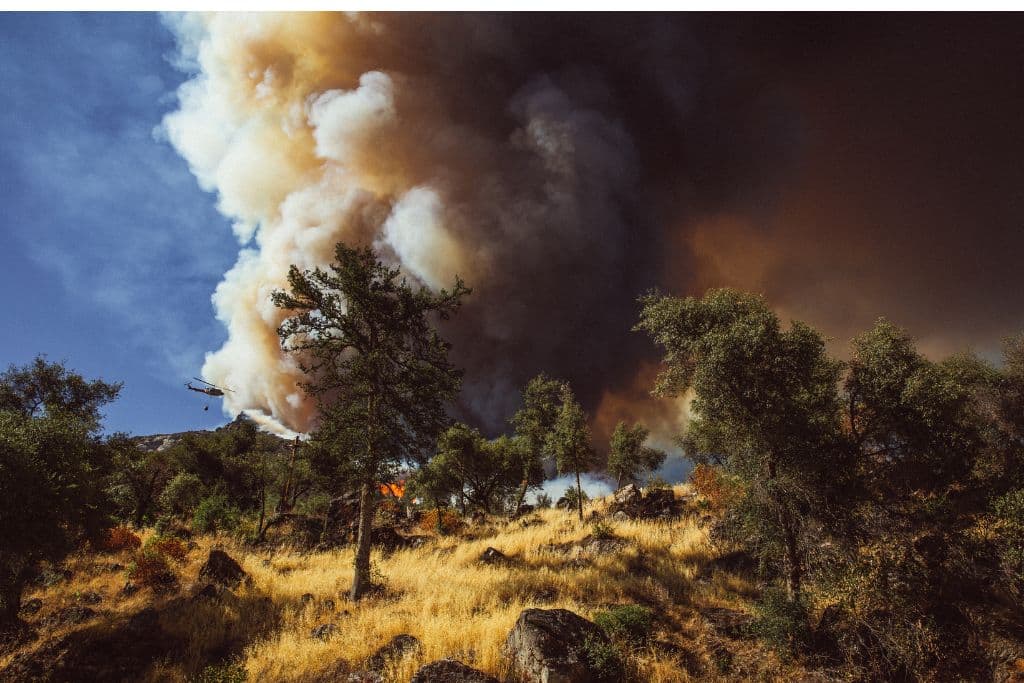The devastating fire, which broke out last Thursday and intensified over the weekend, is now threatening the largest grove of giant sequoias in Yosemite National Park and forcing campers and residents to evacuate the area.
—
A fire that broke out in Yosemite National Park, California, last week, has intensified over the weekend and is now threatening the famed Mariposa Grove, the park’s largest cluster of iconic sequoias.
Firefighters have been working incessantly to protect nearly 500 giant trees – some of which are more than 3,000 years old, while campers and residents near the blaze were ordered to evacuate as the heavy smoke spread across the area, significantly worsening air quality and increasing temperatures over 90F (32C).
The fire, fuelled by timber and brush and intensified by exceptionally dry conditions blamed on climate change, has nearly doubled in size between Sunday and Monday, spreading over 2.5 square miles (6.7 square kilometres) in the southern area of Yosemite, home to some of the longest-living and tallest trees in the world.
Once considered impervious to flames, the iconic sequoias have become significantly more vulnerable to climate change-driven blazes, which have intensified and become more destructive in recent years. California has been experiencing warmer temperatures and drier seasons, bringing on longer and more intense drought seasons as a result of the changing climate. The conditions that are needed to spark a wildfire are more easily met, thereby also increasing its severity once it starts.
According to Bloomberg, lightning-sparked fires over the past two years have killed up to one-fifth of the estimated 75,000 large sequoias found in the 1,200-square-mile park.
The US weathers another very active year for fires and, despite the season having just begun, data shows that 2022 is already the country’s worst wildfire year in more than a decade. According to statistics from the National Interagency Fire Center, so far in 2022, nearly 36,000 wildfires have burned more than 4.8 million acres in the country, with Alaska among the worst-hit countries in terms of the area lost. In contrast, between January and November 2021, ‘only’ 1.9 million acres of land were affected by wildfires, significantly less than the area burned so far this year.
According to Nancy Phillipe, a fire information spokeswomans working in the park, as of Monday, the fire in Yosemite was zero percent contained and there was not yet any estimate of damage to the sequoia trees.
You Might Also Like: What Causes California Wildfires?


















